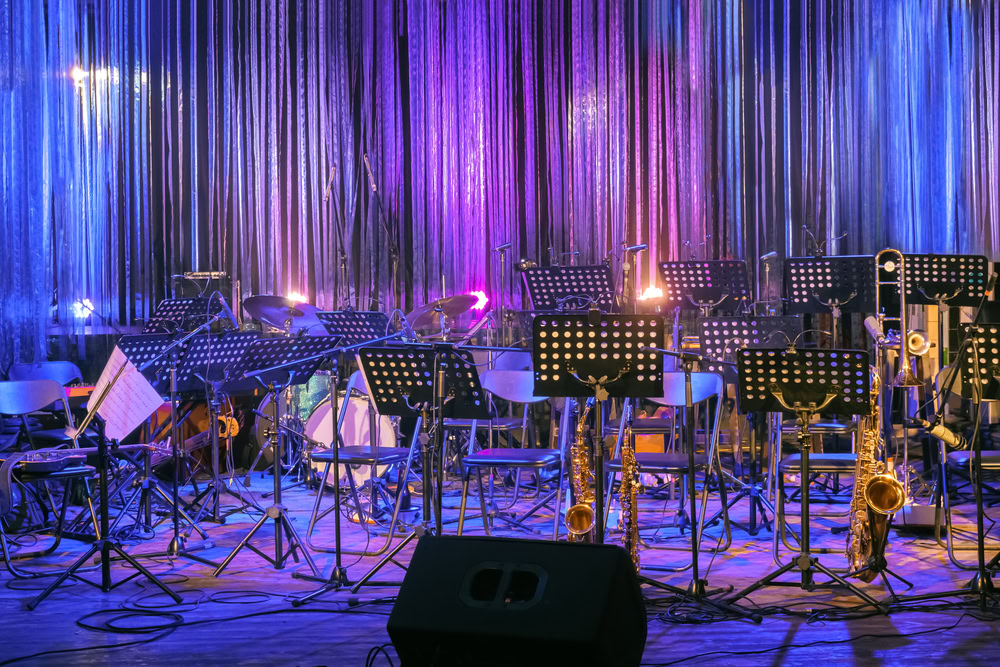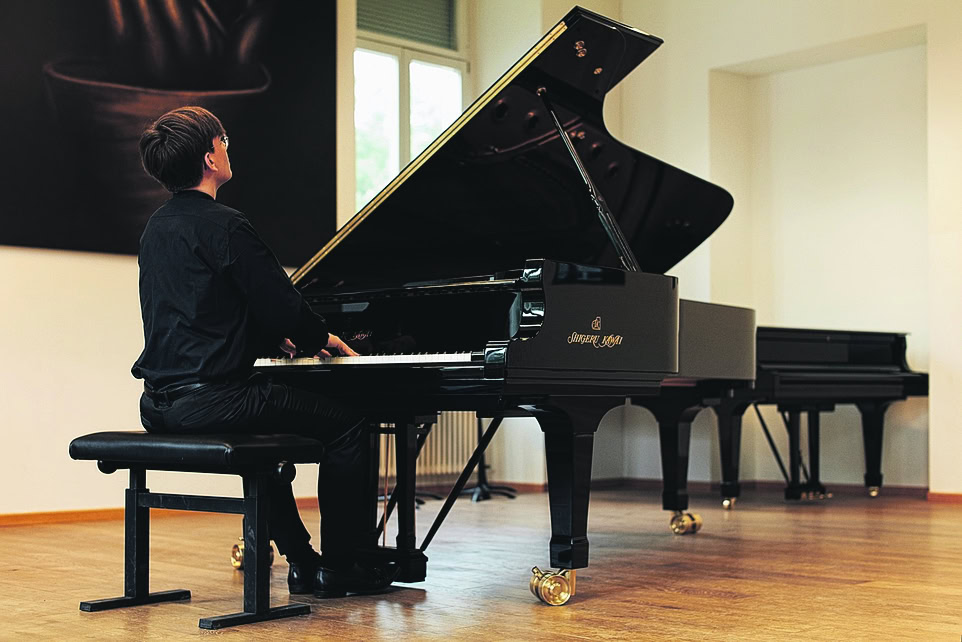From Arbon to Zug - from harp to saxophone
From March 4 - 6, the classical entradas of the Swiss Youth Music Competition 2022 were held throughout Switzerland. The final will take place from April 28 to May 1 in Zurich.

Heinrich Baumgartner - Five of the seven venues kicked off on Friday, March 4 at 9.30 a.m. in Arbon, Liestal, Neuchâtel, Winterthur and Zug. Geneva joined half an hour later and Lugano on Saturday, March 5. Auditions were held in parallel in several rooms at almost all venues. In cooperation with the local music schools, up to 19 auditions took place simultaneously. The huge event was concluded with the announcement of the results and consultations with the participants, separately for each instrument. These discussions took place for the last time on Sunday afternoon or early evening and were conducted by the four-member expert juries, expert juries for accordion, recorder, cello, bassoon, harp, horn, chamber music, clarinet, four-hand piano, double bass, music before 1750, oboe, organ, pan flute, transverse flute, saxophone, percussion, violin, viola and contemporary music. (The competition is held every two years for the various instruments).
It's unbelievable when you think about what it takes to pull off an event like this. At the weekend itself, you can only see the tip of the iceberg. The long preparatory work can only be guessed at.
However, this applies not only to the organization of the event, but also to the performers. The fruits of hours, weeks, even months of work with the instrument and several works are presented live here without a net or a false bottom. There is no correction button or reset button.
My impressions of this event are limited to a few excerpts. I heard harp performances in Arbon and saxophone performances in Zug. In both places, I perceived a less competitive atmosphere. The few audience members present - mainly music teachers and parents of performers - were welcomed into the bright, spacious rooms of the music school and the program was announced. The performers had enough time to set up. The regulations stipulate a reasonable program length for the individual performers. The jury was positioned in the audience in such a way that it was not perceived as a "wall" for the performers.
In any case, I didn't get the impression from any of the performers that they were running a gauntlet. The parts in which music was created predominated by far.
The standard was consistently high. The programs were varied. A jazzy piece was also included in the classical programs and was usually performed with even more commitment than the classical pieces.
It's easy to get hurt in a music competition. You always show a lot of yourself when making music and are correspondingly vulnerable. The director of the Winterthur Conservatory, Christian Ledermann, sums this up in his introductory words to the Entrada 2022 program in Winterthur: "Our aim is for all musicians to be able to present their skills in a positive atmosphere and in a calm, competent environment."
In the auditions I attended, this was completely successful. I was also amazed at how many of the participants sat with their colleagues in the audience, but also how many teachers attended the presentations of other students.
The Entrada competition, from the welcoming ceremony on the morning of March 4 to the closing of the music schools on Sunday evening, is in many ways just the tip of the iceberg. From my perspective as a listener, however, it was a particularly successful iceberg that provided the participants with many valuable experiences, encounters and impressions.
The classical category is by far the largest in the Swiss Youth Music Competition, but it is not the only one. From April 28 to May 1, 2022, some excellent performers will be heard again at the final in Zurich. The Come Together of the Jazz&Pop Competition will take place in Bern on April 9, and the live performances of the Composition Competition and the Free Space category will be held on April 29. Details of these events can be found on the competition homepage.








